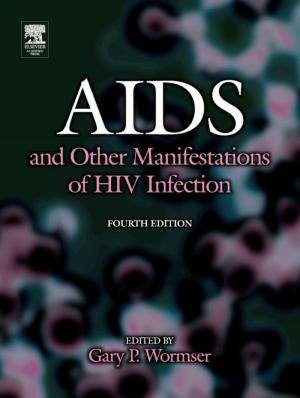Strategies of Immune Regulation
Nonfiction, Science & Nature, Nature, Animals, Mammals, Science, Biological Sciences, Zoology| Author: | ISBN: | 9781483270357 | |
| Publisher: | Elsevier Science | Publication: | October 22, 2013 |
| Imprint: | Academic Press | Language: | English |
| Author: | |
| ISBN: | 9781483270357 |
| Publisher: | Elsevier Science |
| Publication: | October 22, 2013 |
| Imprint: | Academic Press |
| Language: | English |
Strategies of Immune Regulation provides an overview of the state of knowledge on how immune regulation works. Many working scientists have taken the time to set down their views in one of two categories: (a) ""conventional"" short papers with standard documentation, (b) short expressions of opinion, with or without references. It is hoped that this book will act as a jumping-off point for new young workers, entering the field, who will ultimately fashion the next paradigm.
The book contains 94 chapters organized into two sections. Section I begins with discussions of the general regulatory features of the immune systems. This is followed by papers on the role of the major histocompatibility complex and regulation involving the antibody molecules. The contributions in Section II cover the organization of Ig genes; antibody diversity and the development of the immune repertoire; MHC restriction; lymphocyte interactions and regulatory targets; role of the Ig receptor in triggering; function of IgD; lymphocyte maturation; idiotype regulation; and control of antiself reactions.
Strategies of Immune Regulation provides an overview of the state of knowledge on how immune regulation works. Many working scientists have taken the time to set down their views in one of two categories: (a) ""conventional"" short papers with standard documentation, (b) short expressions of opinion, with or without references. It is hoped that this book will act as a jumping-off point for new young workers, entering the field, who will ultimately fashion the next paradigm.
The book contains 94 chapters organized into two sections. Section I begins with discussions of the general regulatory features of the immune systems. This is followed by papers on the role of the major histocompatibility complex and regulation involving the antibody molecules. The contributions in Section II cover the organization of Ig genes; antibody diversity and the development of the immune repertoire; MHC restriction; lymphocyte interactions and regulatory targets; role of the Ig receptor in triggering; function of IgD; lymphocyte maturation; idiotype regulation; and control of antiself reactions.















